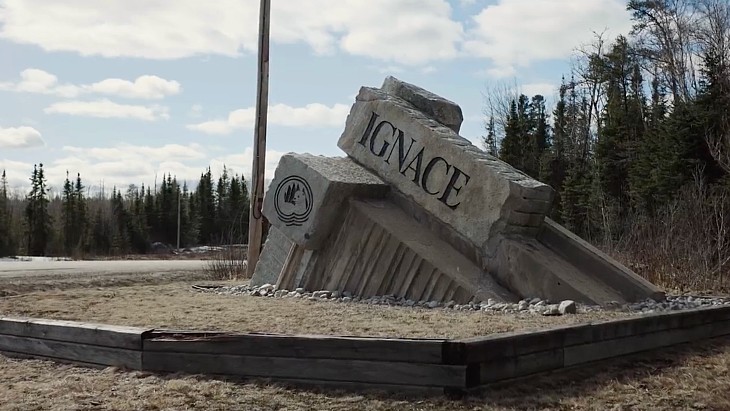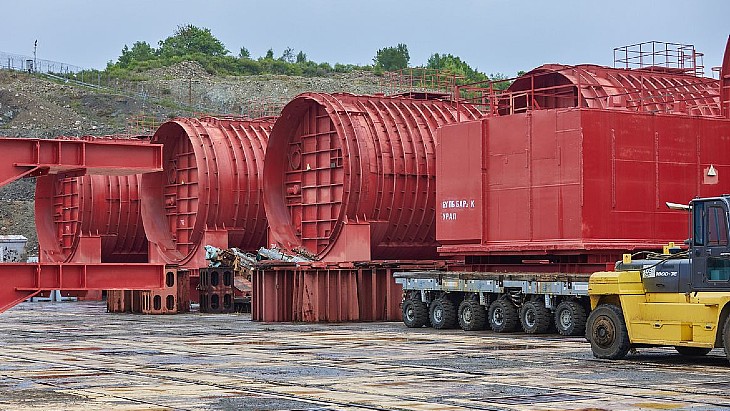US DOE breaks ground for mega disposal units
.jpg)
The new saltstone disposal units (SDUs) are each able to hold about 32 million gallons of saltstone, a non-hazardous waste formed from the treatment of decontaminated salt waste streams arising from the treatment of contaminated wastes held in tanks at site. The new SDUs will be the eighth and ninth at the South Carolina site and are being built to the same design as SDU 6 and 7, which the Department of Energy Office of Environmental Management (DOE-EM) says decreases design costs for the project.
"SDUs are key to our ability to safely dispose of material in the liquid waste tanks and underscore the Department of Energy's continued commitment to furthering progress on closing the high-level waste tanks at SRS," DOE-Savannah River Manager Mike Budney said at the 10 June groundbreaking ceremony.
The salt waste from the SRS tanks is currently treated in interim processing facilities to remove radioactive isotopes which are then vitrified. A large-scale Salt Waste Processing Facility is currently undergoing testing and commissioning. SDUs 6, 7, 8 and 9, are each able to hold about 32 million gallons (over 120,000 cubic metres) of saltstone and will accommodate the larger volume of decontaminated salt solution that the new facility will generate. SDU 6 was completed and began receiving waste in 2018, and SDU 7 is on schedule for completion in early 2022.
SDUs 8 and 9 will be built in conjunction, with each phase of construction completed consecutively, which is a new approach to SDU construction. This will optimise crews and resources used on the two adjacent structures, ultimately cutting costs for the two projects, DOE-EM said.
The Savannah River Site was constructed during the 1950s to produce the basic materials used in the fabrication of nuclear weapons, primarily tritium and plutonium-239. Five reactors were built on the site as well as support facilities including two chemical separations plants, a water extraction plant, a nuclear fuel and target fabrication facility and waste management facilities.
Liquid waste contractor Savannah River Remediation is responsible for the design, construction, and operation of the SDUs.
_17992.jpg)
_75800.jpg)








_88592.jpg)

